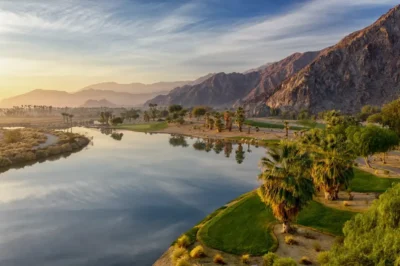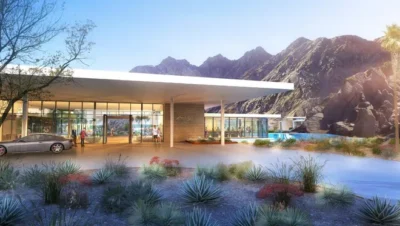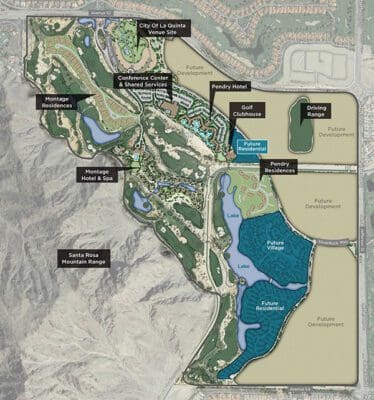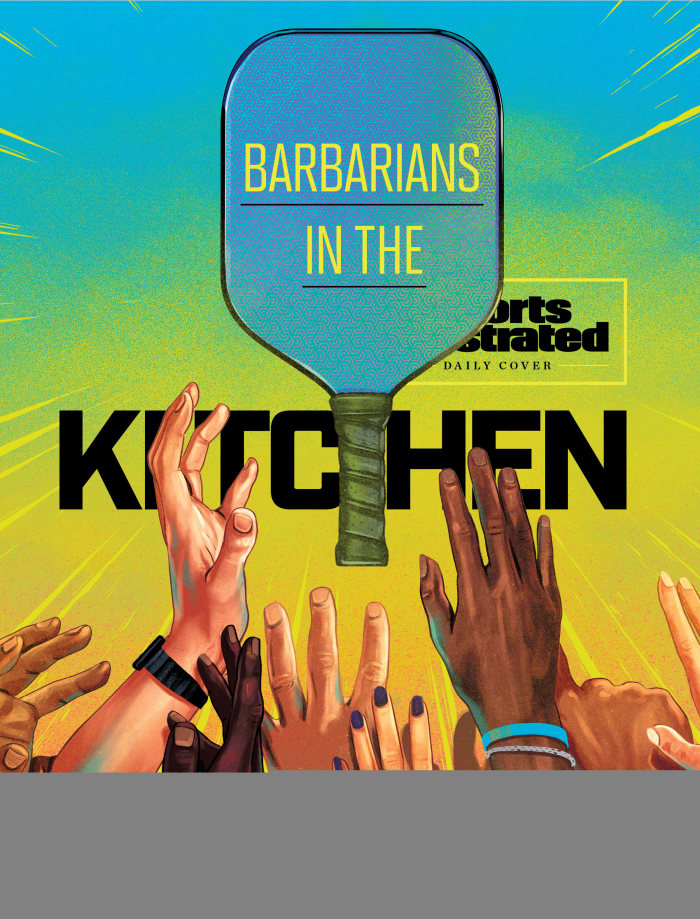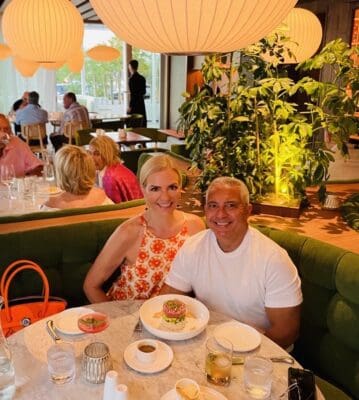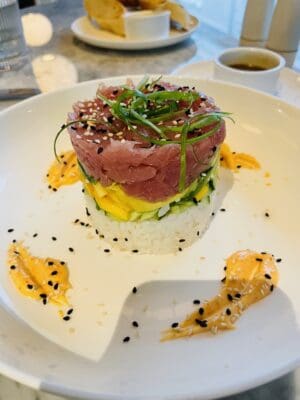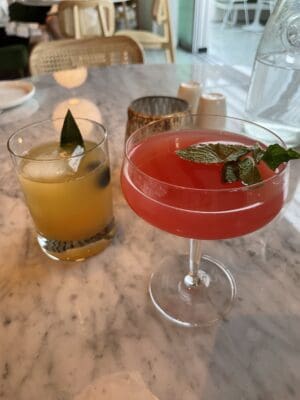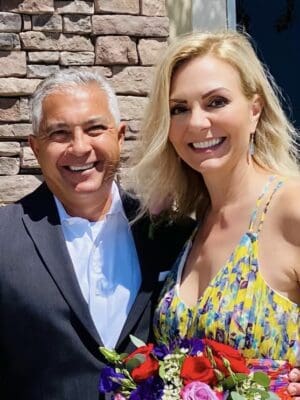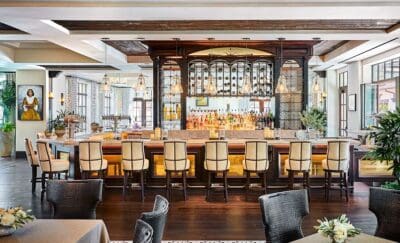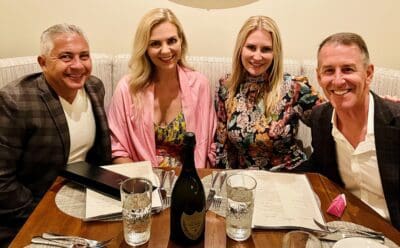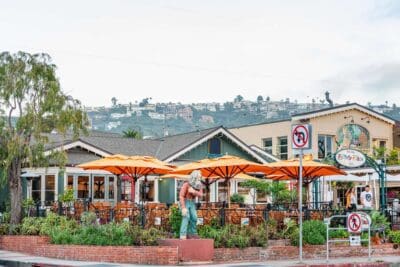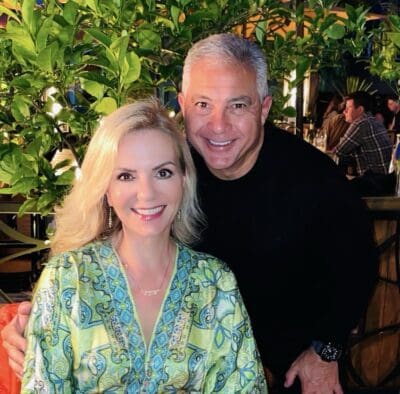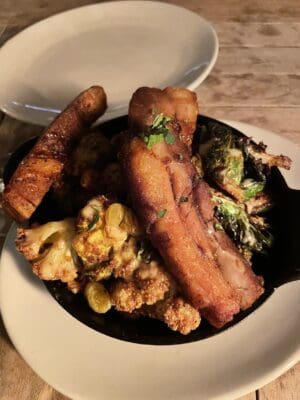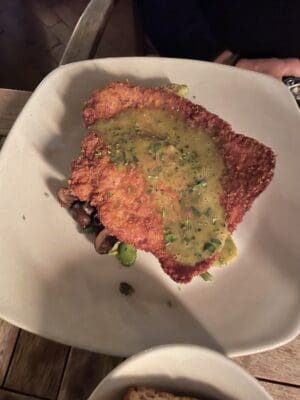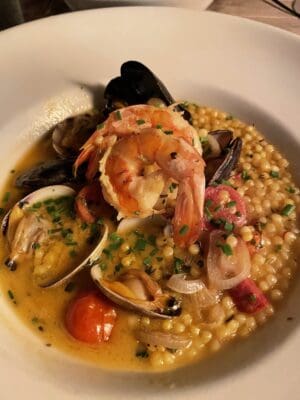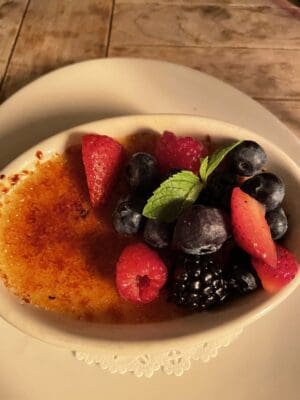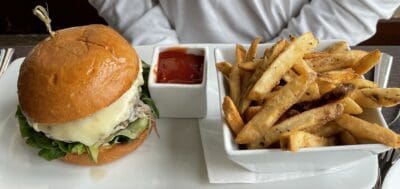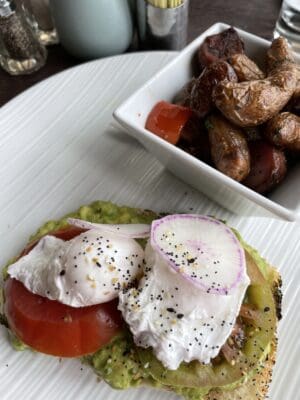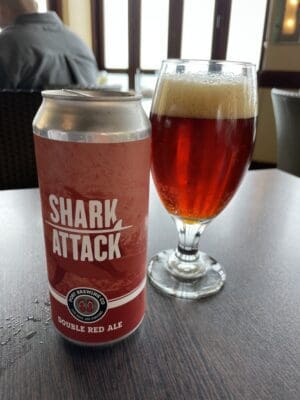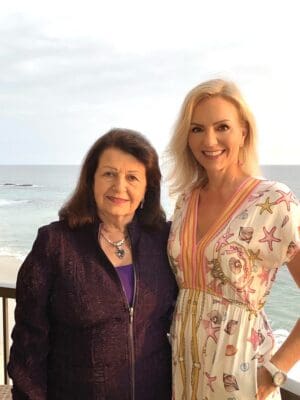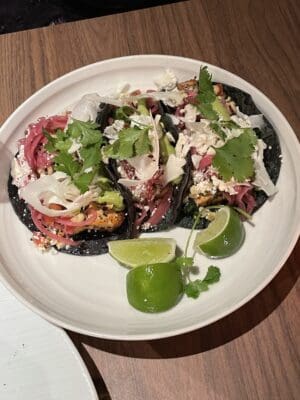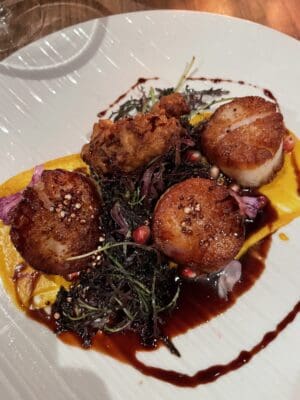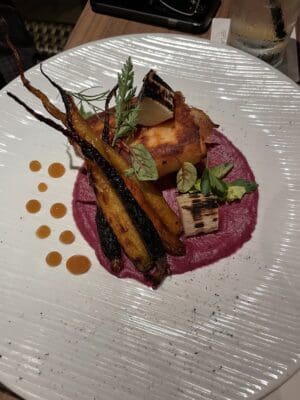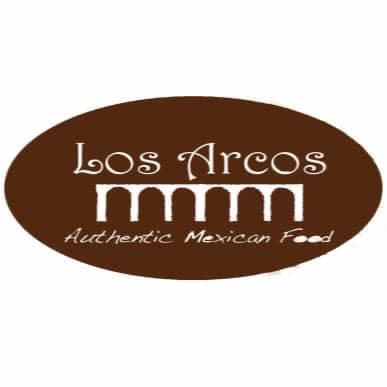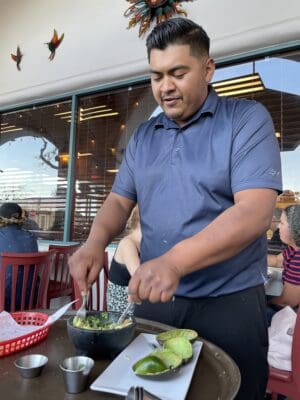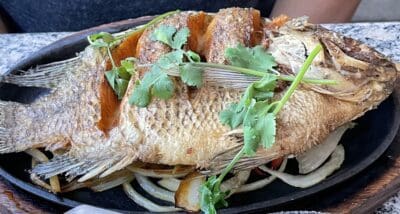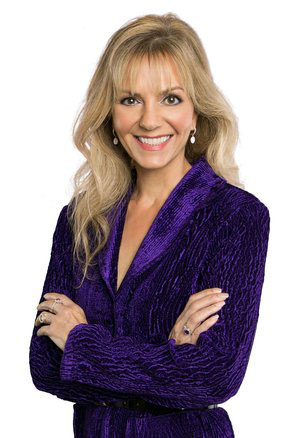Dining Around The Desert: Zin American Bistro, Palm Springs
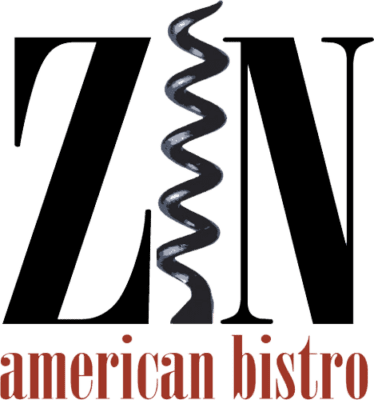
Open since 2004 in Palm Springs
Since opening in 2004, Zin American Bistro has been the place to go for wine, creative, fresh, locally sourced cuisine and craft cocktails. Their heated and cooled large patio is perfect for Champagne brunches, relaxed lunches and late night dining.
With 17 consecutive Wine Spectator Awards, including five consecutive Best of Award of Excellence and the incredible pricing, their wine list is one of the best in the valley.
Michael and I found ourselves in Palm Springs last week and since it was restaurant week, we decided to take the opportunity to try a place that was new to us.
Although they have a very nice patio, it was the hottest day of the year at that point and we elected to sit inside at the bar.
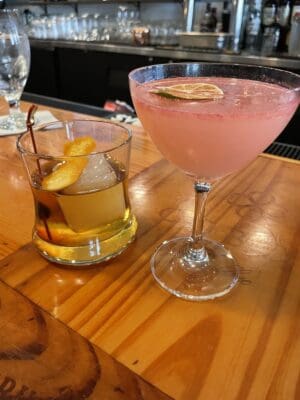
Michael started out with a Barrel-Aged Old Fashioned made with Redemption Rye, Mandarine Napoleon Liqueur Orange Bitters and a Luxardo Cherry, and I enjoyed the Watermelon-Mint Gimlet with Racquet Club Vodka, Local Watermelon Juice, Mint and Lime. Both were very well made and we'd have them again.
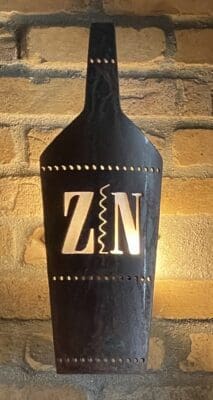
The Restaurant Week menu was three courses. One of us had a Half Wedge Salad, Country Fried Chicken with creamed spinach, mashed potatoes, and country gravy, while the other one had Cantaloupe Gazpacho and Classic Moules Mariners & Frites. You can likely figure out who had what. For desert we shared Creme Brûlée and Cheesecake. We also shared a nice bottle of Turnbull Sauvignon Blanc which was perfect for the weather.
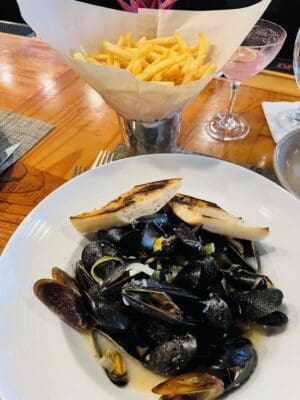
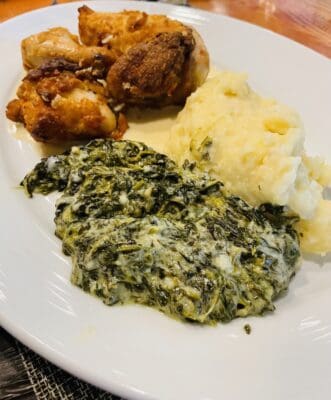
The regular menu has a wide variety of items from Chicken Schnitzel to Braised Short Ribs, to Cauliflower Steak and White Cheddar Mac & Cheese.
It's a pleasing atmosphere, right on the main drag with very good service, and excellent food. We'll be back!
Read more about Zin America Bistro and view the menu here...
HOURS & LOCATION
198 S. Palm Canyon Drive,
Palm Springs, CA 92262
760.322.6300
Lunch Everyday
Monday, Thursday, Friday,: 11AM - 3PM
Brunch / Lunch
Saturday & Sunday: 9AM - 3PM
Dinner
Monday, Thursday, Friday, Saturday & Sunday: Beginning at 4:30PM
Happy Hour
Monday - Saturday 11am - 3, 4:30 - 6
Open holidays with special prix fixe menu.
Reservations strongly recommended for dinner
Please call 760-322-6300 to be placed on Brunch waitlist

